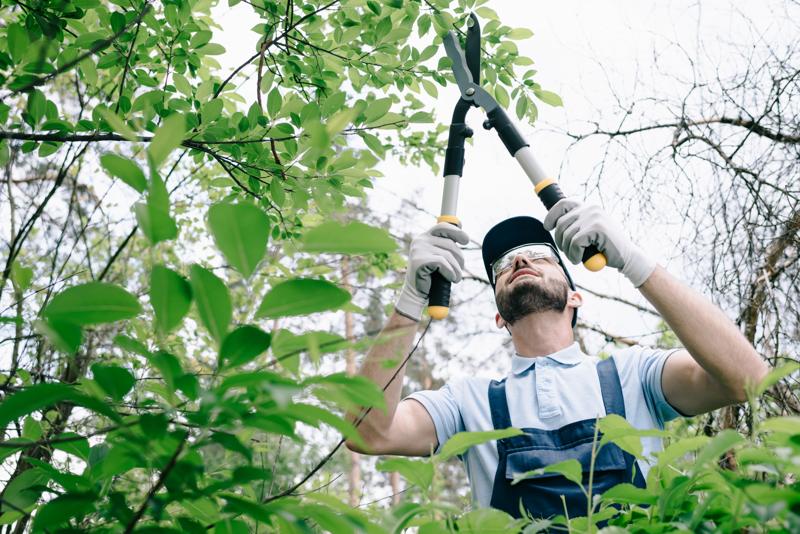A Beginner's Introduction to Understanding Protected Trees

Trees play an important part in the environment, providing shade, clean air and aesthetic value to our surroundings. However there are a few trees that aren’t alike and some have additional protection status, making it illegal to carry out any activity without authorization. If you’re thinking of having a tree removed it is crucial to be aware of the status of protection for the tree being considered, and what steps you’ll need to take to ensure compliance with the legal requirements. This article we will guide you through the process of determining whether a tree is protected and what you need be doing to make sure that you are acting within the law.
What exactly is a tree that is protected?
A protected tree has been subjected to certain laws and regulations It is illegal to carry out work on such a tree without the required permissions. There are two kinds of protection a tree might have: preservation and protection orders that are statutory.
Statutory protection
Under statutory protection trees are protected by laws and under the control of Tree Preservation Orders (TPOs). TPOs are put in place by local authorities in order to protect trees of significant value to the public and to ensure that they are not destroyed or damaged.
Preservation orders
Preservation orders are like TPOs in that they are issued from the Secretary of State responsible for Environment. The trees that are protected by preservation orders are considered to have exceptional value and are protected from any kind of work, including the felling.
How can I tell if a tree is protected?
To determine whether the tree is protected, you must to determine if the tree is subject to an TPO or preservation orders. This can be done by contacting the authorities in your area and asking them check their records.
TPO search
To find the TPO to locate one, contact an Tree and Woodland officer of the local authority. They will be able to tell you whether the tree is protected. They’ll also be able to advise you about the next steps to take if the tree is protected.
Preservation order search
If you are looking for a preservation order you will need to contact the Secretary of State for the Environment. They will be able to determine whether the tree is in the protected zone and give you the necessary information and guidance.
FAQs:
What happens if I carry out work on a tree that is protected without permission?
If you do work on a tree that is protected without the proper permissions, you could face massive fines or even prison.
Can I contest a TPO or preservation order?
Yes, you are able to appeal an appeal of a TPO or preservation order if you believe it’s not justifiable. But, you’ll need be able to present evidence to back your argument and demonstrate why it is not necessary to appeal the TPO or order to preserve isn’t necessary.
Can I take down a protected tree?
It is against the law to remove protected trees without the required permissions. If you need removal of the tree, you will need to apply for permission and provide the evidence needed to prove your case.
Conclusion
In the end, determining if trees are protected is an essential step to ensure that any tree work legally completed. Understanding the different kinds of protection and the best way to determine if they are protected it is possible to be sure that you are acting within the law and protecting the trees in your care. If you’re unsure of the status of protection for the tree you are in charge of, we suggest consulting a reputable tree specialist like The Hills Tree Lopping. Our arborists are experienced and will be able to inform you regarding the status of protection of your trees, and will guide you through the steps to ensure you are complying with the law. With our knowledge and dedication to providing top-quality tree care, we can help you maintain the beauty and worth of your trees. Contact us today by phone at 0480 024 203 to schedule a consultation and let us guide you on how to keep your trees protected and healthy.





















